For educational purposes.
In October 1929, the New York Stock Market crashed. By 1930 Stock Markets around the world and the Banking System was in peril. The unemployment rate rose to 30% in the cities.
Thousands of small farms were scattered across Saskatchewan and Alberta in the 1930s. Farming practices led to dust storms. Hailstorms wiped out crops.
There was drought and plagues of grasshoppers that gladly finished off the job. Crops failed. Income dropped by 90%.
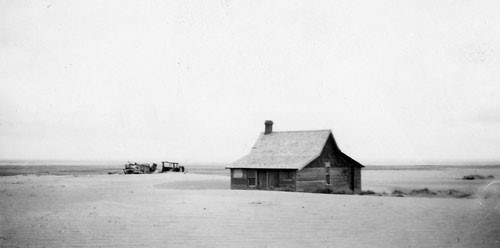
“Sixty-six per cent of the rural population was forced onto relief.” (Canadian Encyclopedia). The Prairie Provinces were near bankruptcy after 1932.
Relief was what is called ‘Social Assistance’ today. In the 1930s it was minimal and paid by the cities, villages and towns, not the Province. Churches also helped. A ‘social safety net’ did not exist. The Federal Government contributed a share between 1931 and 1936.
Phil Ackerman of Moose Jaw was from a large family. He told me that when they lived at Fox Valley, Saskatchewan, he and his Dad worked on local road construction to get Relief and enough money so he could get a new pair of work boots.
Many older family members left home to look for work. They ‘rode the rails’, wandering across Canada. Many went to Vancouver.
Relief Camps
If you were male, poor, homeless and unemployed during the Great Depression you went to a Relief Camp. You were fed, housed, given medical treatment, tobacco, work clothes and paid 20 cents a day. Hence the name, ‘Royal Twenty Centers’.
The Relief Camps were ‘sort of’ voluntary’. BUT – if you didn’t go and were caught homeless and broke you were charged with Vagrancy and sent to jail.
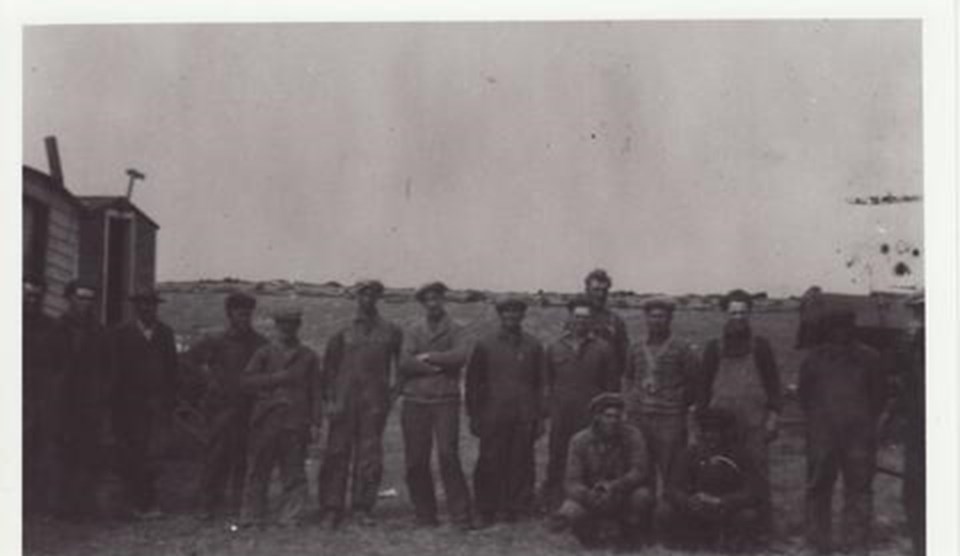
The Canadian Government began to worry about the number of unemployed young men travelling across Canada. Their worry was not out of concern for the men – but out of fear they would organize and create trouble for the Government.
Canada organized Federal Relief Camps under the Department of National Defence. They operated like military camps. This created resentment and discontent among the men.
For Example: “A (1932) May Day parade in Regina involved an estimated 10,000 participants and spectators, and resulted in scattered violence and nine arrests. In October, several hundred workers involved in a Regina relief project went on strike. On November 7, about eighty RCMP and city police dispersed a rally of unemployed in Saskatoon, which resulted in what the Canadian press called ‘the bloodiest riot ever seen in this city’”: (The Encyclopedia of Saskatchewan)
As an alternative to the Relief Camps the unemployed could work a 44-hour week on a farm and be paid $5 a month.
Saskatchewan had 23 Relief Camps. The one at Dundurn housed 2,000 men.
Item 1.0144.05 - Relief Project # 44, Dundurn, Saskatchewan (Saskatchewan Archieves)
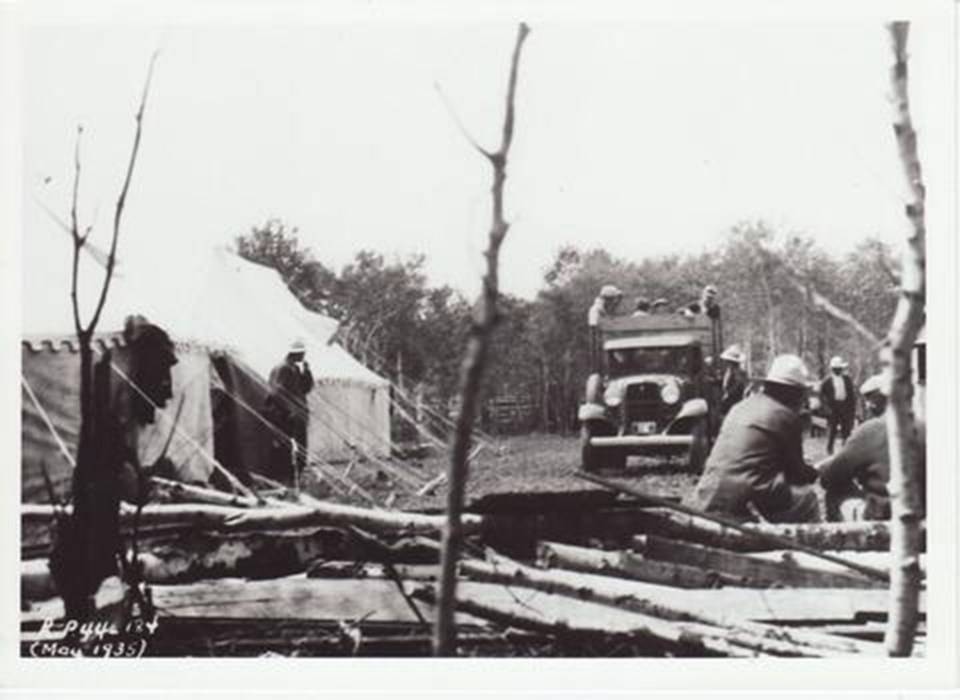
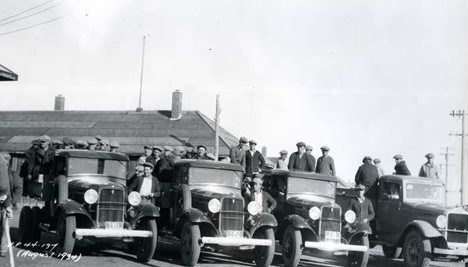
In 1936 a Federal Liberal Government was elected and the Camps were phased out and unemployment support was organized. A total of 170,248 men ‘participated’ in the camps over the five years.
War and the Faithful
Many of the young men and women who joined the Canadian military in WW2 and who fought and died were teenagers and young adults during the Great Depression of 1930-1939.
These men are protesting living conditions and unemployment in Vancouver in 1935.
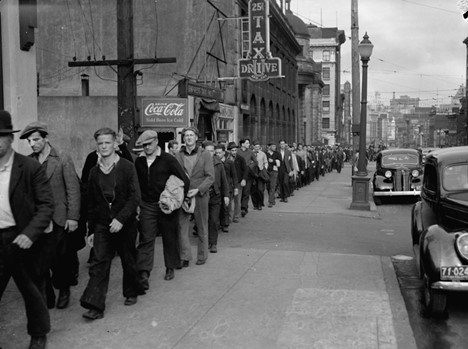
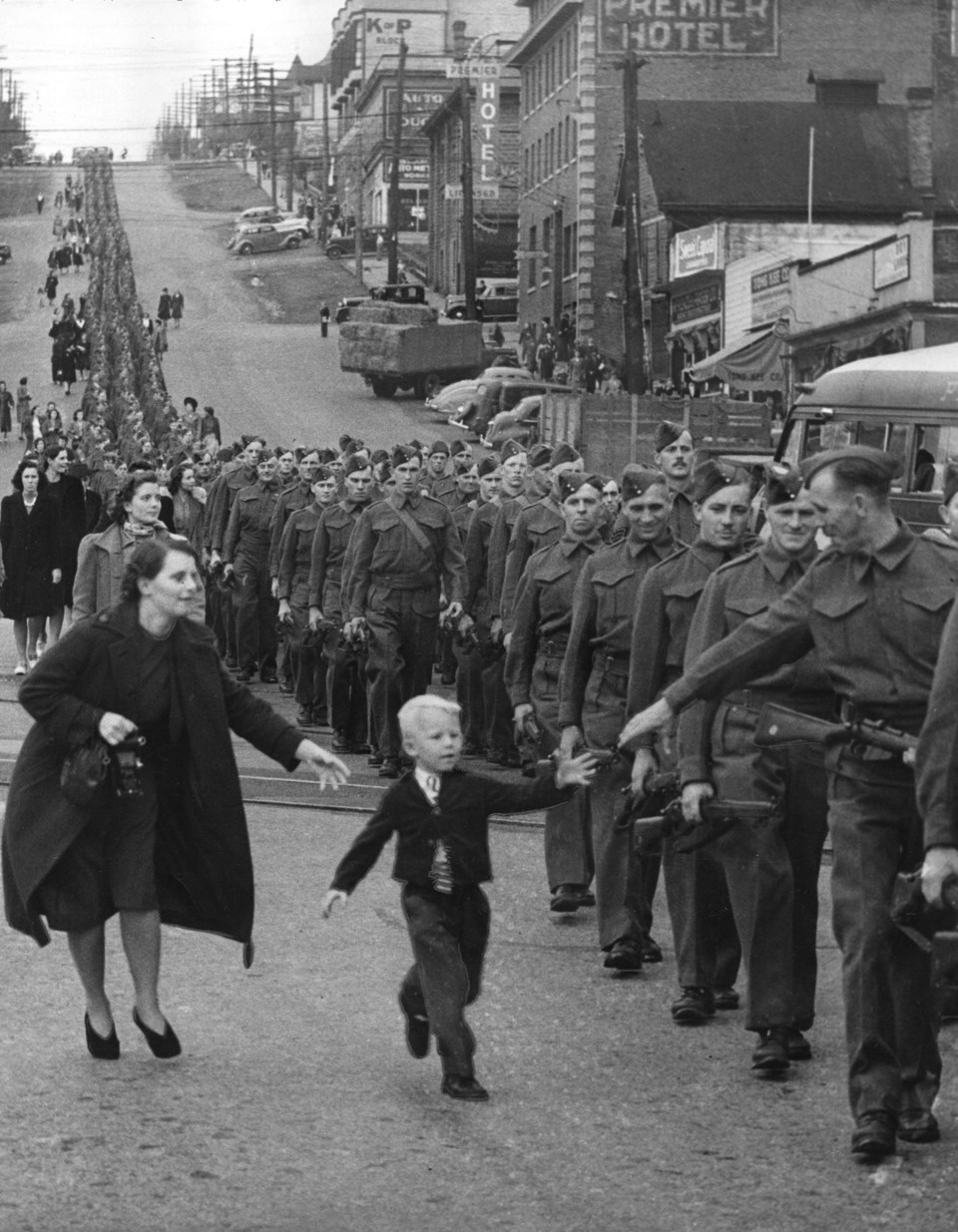
This famous photo was taken by The Vancouver Province newspaper photographer Claude P. Dettloff. Many of these Loyal Canadians were in Relief Camps or in the 1935 Vancouver protests against living conditions for the unemployed and five years later, left Canada to fight the NAZIs and protect our country and our freedom.
Killed in Action
122 men from the Regiment were killed in WW 2. Many of them, including two brothers who wee killed, marched in this parade.
Brothers
Lieutenant Colonel Donald Grant Worthington, KIA August 9, 1944
Major John Robert Worthington, KIA August 18, 1944
British Columbia Regiment was part of the Royal Canadian Armoured Corps. The brothers were serving with the 28th Armoured Regiment during the Battle for Normandy when killed.
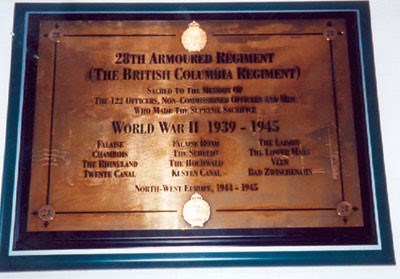
“28TH ARMOURED REGIMENT (THE BRITISH COLUMBIA REGIMENT) SACRED TO THE MEMORY OF THE 122 OFFICERS, NON-COMMISSIONED OFFICERS AND MEN WHO MADE THE SUPREME SACRIFICE”




